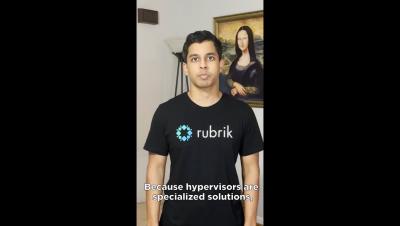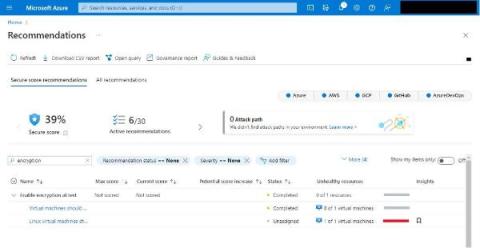Security | Threat Detection | Cyberattacks | DevSecOps | Compliance
Encryption
File encryption in Python: An in-depth exploration of symmetric and asymmetric techniques
In our modern world, we constantly share private, confidential, and sensitive information over digital channels. A fundamental component of this communication is file encryption — transforming data into an unreadable format using encryption algorithms.
Importance of Encryption in Messaging Apps
The Importance of SSL Certificate for an E-Commerce Website in 2024
Securing symmetric encryption algorithms in Java
In our connected world, securing digital data has become an utmost priority. With the wide spread of Java applications in various sectors, from banking to healthcare, we must emphasize the importance of encryption. Encryption is converting readable data or plaintext into unreadable data or ciphertext, ensuring that even if encrypted data is intercepted, it remains inaccessible to unauthorized individuals.
What is FIPS 140-2? Cryptographic Module Validation Program
Signing container images: Comparing Sigstore, Notary, and Docker Content Trust
In the modern software ecosystem, containerization has become a popular method for packaging and deploying applications. Alongside this growing trend, ensuring the security of software supply chains has become a critical concern for businesses of all sizes. Implementing best practices, such as signing and verifying images to mitigate man-in-the-middle (MITM) attacks and validating their authenticity and freshness, play a pivotal role in safeguarding the integrity of the software supply chain.
The Quantum Threat: Options for Migrating to Quantum Safe Cryptography
The Best And Easiest Ways To Secure The Data In Your Company
Easily Enable Encryption: Secure Cloud-native Development Series
Build secure cloud-native applications by avoiding the top five security pitfalls we lay out in our Secure Cloud-native Development Series. This blog is the fourth part of the series, and it will teach you why and how to easily enable encryption and save yourself headaches down the road. Here's a new motto: encrypt everything! When securely moving to cloud-native technologies, building encryption in from the start will save us a lot of headaches later.











